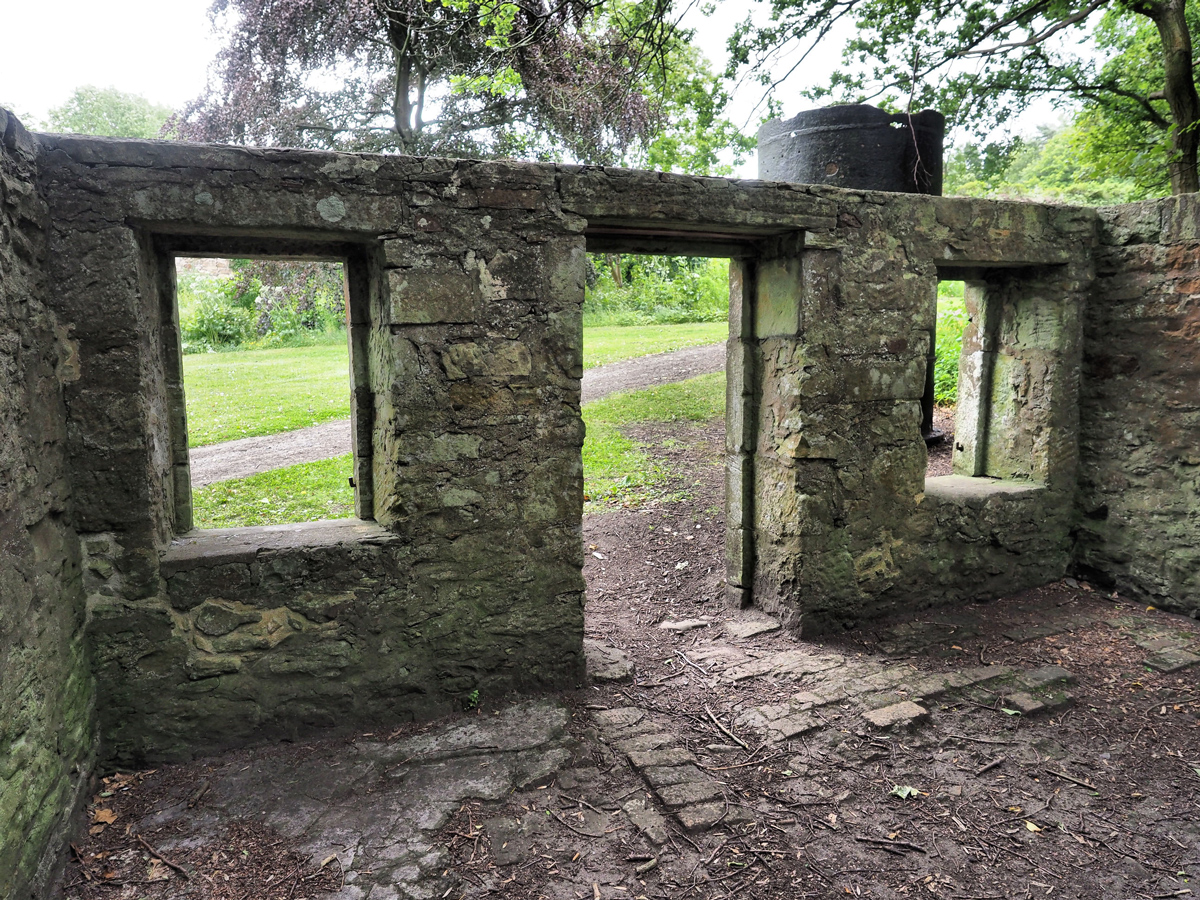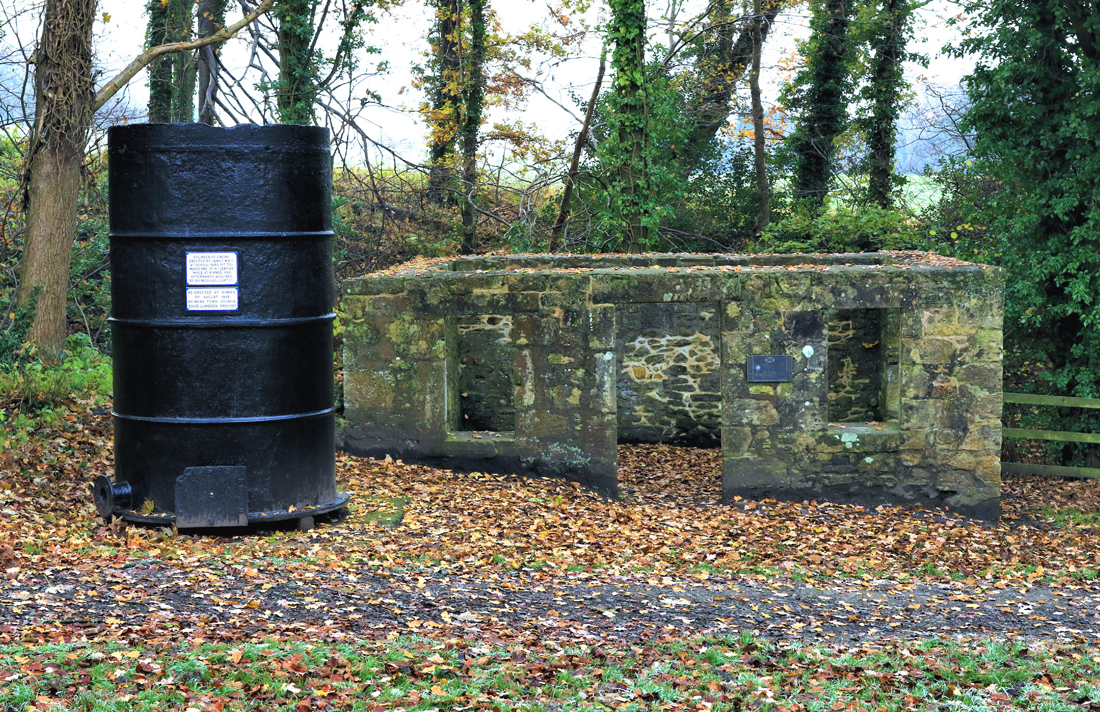This is James Watt’s cottage at Kinneil Estate where he worked on developing and improving the steam engine. The vessel in the forground is the actual condenser he used. James Watt, pioneering Scottish inventor and engineer, is believed to have worked from his cottage on the Kinneil Estate, Bo'ness, for periods of time in 1769 and 1770. This former workshop is unique as it is the only surviving building in Scotland that can be directly associated with James Watt's pioneering experiments which led to his invention of the steam engine. These workshop experiments were fundamental in proving the principles he developed. While he was here he also lodged the patent for the steam engine which he went on to invent and which changed the world.
Through a chance common acquaintance, James Watt came in 1765 to meet the entrepreneur and founder of the legendary Carron Iron Works, Dr John Roebuck, who was by then living with his family in Kinneil House.
fields['text']) echo $section->fields['text']; ?>
Watt have we here? This old building, known as the “James Watt Cottage,” is inventor James Watt’s former workshop, built around 1768. It is unique as it is the only surviving building in Scotland that can be directly associated with his pioneering experiments towards developing his steam engine. Watt’s experiments in this workshop were fundamental in proving his principles and while here, he lodged the patent for the engine that was destined to change the world.




James Watt was born in Greenock in 1736. As a boy he supposedly became intrigued by watching the steam from a boiling kettle. At the age of 18 he moved to Glasgow to become a mathematical instrument manufacturer and eventually set up his own business. He became further interested in steam after working on a model Thomas Newcomen engine that gave him the opportunity to observe its weaknesses. During this time had his “eureka” moment which made him realise that having a separate chamber/condenser would make his engine more efficient. For the birth of something new, something has to happen, Newton saw an apple fall; James Watt watched a kettle boil; they both knew enough to translate ordinary happenings into something innovative. Look on a light bulb and you will see the unit of power named after him.




Watts and Carron Iron Works
Through a chance common acquaintance, James Watt came in 1765 to meet the entrepreneur and founder of the legendary Carron Iron Works, Dr John Roebuck, who was by then living with his family in Kinneil House. Roebuck, whose coal mines in Bo’ness suffered from constant flooding, invited Watt to carry out secret development work in an effort to prove his new type of steam engine, so that the technology could eventually be applied at the local pits to pump out the water. Roebuck provided Watt with capital and engineering components, and Watt carried out his experiments at Kinneil on and off for around five years.
Roebuck, however, suffered increasing financial problems before eventually going bankrupt in 1773. Before his engine could quite be perfected, this led Watt to work in projects away from steam, especially canals and civil engineering. In 1774 he went into partnership with Matthew Boulton, who had acquired Watt’s patents from Roebuck. With Boulton’s support, Watt revisited and perfected the steam engine prototype and in 1776, the first successful Watt engine was produced at 'Soho Manufactory', in Birmingham. Watt died in 1819, at the age of 83 and he was buried alongside former friend and business partner Matthew Boulton.
By Gordon Clark.



